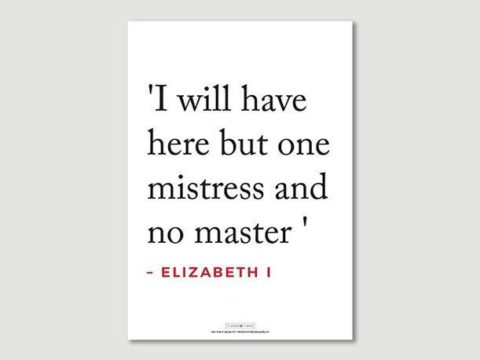Anne Boleyn's Coronation
Chapter 3 : Procession through the City
On the morning of Saturday, 31st May, the City was fully prepared to meet its new Queen. The streets from the Tower to Temple Bar had been lined with gravel to prevent the horses slipping, and barricades erected on one side for the throngs of spectators who were expected. The Mayor, flanked by two footmen rode down to Tower Hill, he resplendent in crimson velvet and his collar of “SS”, and they in crimson and white damask.
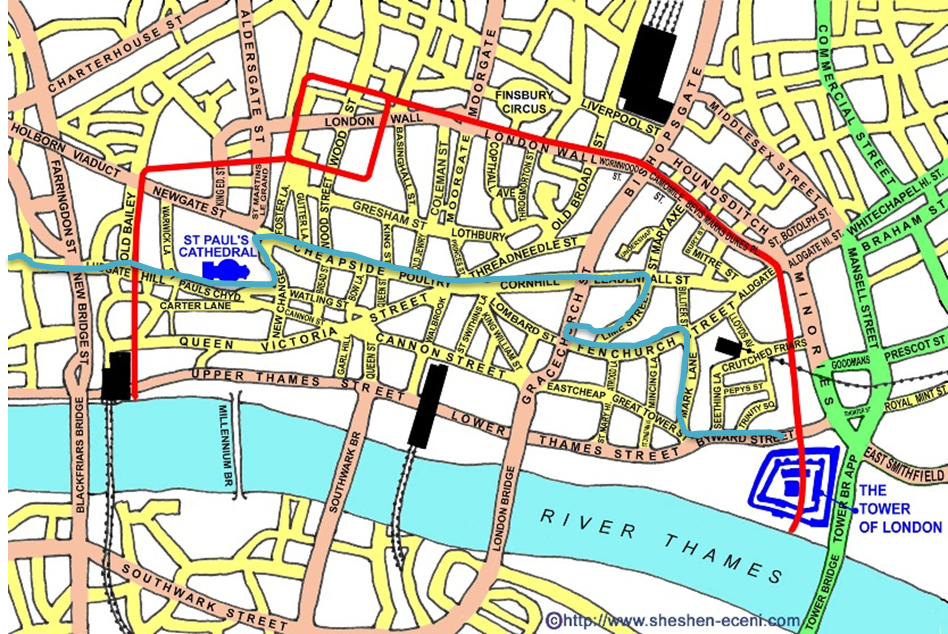
The route the procession took was along Fenchurch Street as far as the junction with Gracechurch Street, then, perhaps, up Lime Street as far as Leadenhall Street where it turned left into Cornhill, then continued along Poultry into Cheapside as far as St Paul’s. The procession then skirted the Cathedral to exit the City Walls at Ludgate. From there, Fleet Street led down to Temple Bar, which was the official end of the City of London, and the entrance to Westminster. The road name changed to Stroondways (the Strand), and then carried on towards Charing Cross, where the entourage would have turned down modern Whitehall to the great Palace and Abbey of Westminster. (See Chapter 6 for more detailed directions of the route)
The route was lined with scarlet, crimson and blue cloth, with tapestries and carpets and Cheapside itself hung with velvet and cloth of tissue. The Queen must have been almost overwhelmed with the colour and splendour – all for her, after seven long years of courtship. The crowds too, must have been craning their necks to see. They were not disappointed – the procession must have taken quite a while to pass by.
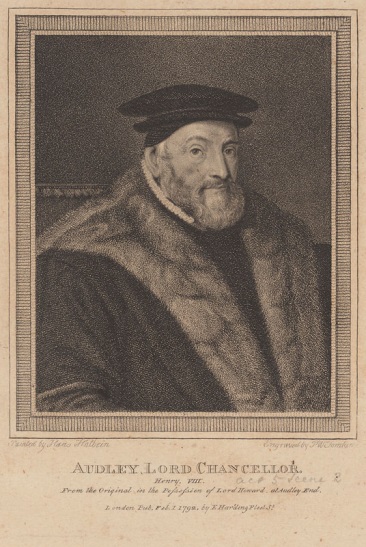
Leading the cavalcade were twelve of the French Ambassador’s suite, followed by gentlemen, squires and knights two by two. Then came the judges, and the Knights of the Bath, robed in violet. Then the Abbots (the last time this office would be honoured in England) followed by the Barons, the Bishops, Earls and Marquesses. Lord Chancellor Audley was next, then the Archbishop of York with the Venetian Ambassador, and the Archbishop of Canterbury paired with the French Ambassador.
A further slew of ceremonial officers followed, including the King’s brother-on-law, Charles, Duke of Suffolk and Lord William Howard, Anne’s half-uncle, representing his brother, the Duke of Norfolk, who was in France.
Immediately in front of the Queen was her Chancellor, another uncle, Sir James Boleyn. Then, the moment the crowd had been waiting for, the new Queen herself.
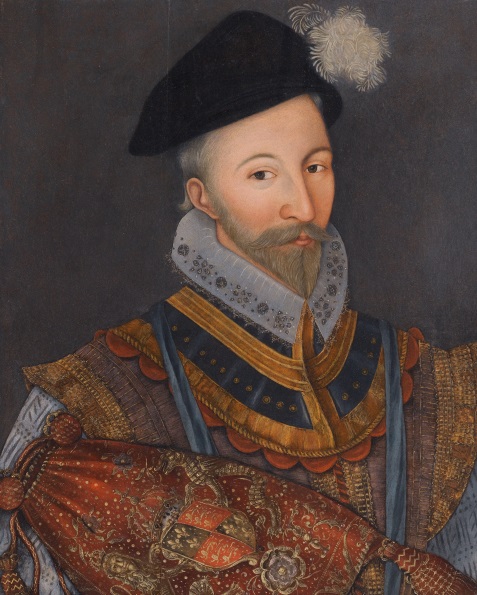
Anne, six months pregnant, was dressed all in white. A surcoat of white cloth of tissue (that is, a type of fine fabric interwoven with silver or gold thread) was covered with a mantle of the same fabric, but enhanced with ermines. On her unbound hair was a jewelled circlet. She rode in a litter, drawn by two horses, caparisoned in white damask that reached the ground. High above her, so as not to hide her from her new subjects, was a canopy of cloth of gold, with little bells on it, held up by four knights.
In the Queen’s wake were her Chamberlain and Master of Horse, and several chariots of ladies dressed in crimson. The first held the Dowager Duchess of Norfolk (Agnes Tilney) and the Dowager Marchioness of Dorset. They were followed by lower ranking ladies, and their gentlewomen attendants. Finally, came the Guard, in golden jackets.
The procession moved slowly, as the Queen stopped to admire the various tableaux set up along the route. The first was at Fenchurch Street, where she was formally welcomed into the City by a group of children, dressed as merchants, reciting speeches in French and English.
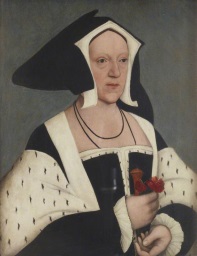
The next delight was the “marvellous cunning” pageant presented by the merchants of the Steelyard, who had erected a huge fountain, that gushed wine from four pipes. The white marble construction was decorated with statutes of Apollo, Calliope and other gods, with women dressed as muses each playing an instrument, and then breaking off to praise the Queen.
At Leadenhall, there was a White Falcon (Anne’s badge) which was crowned with gold. There were also statues of St Anne, and lots of hints about the fruitfulness of the saint – no doubt Anne patted the visible evidence of her own hopes.
More pageants, recitations and choirs chorused her praises, all the way to St Paul’s where she was greeted by the Aldermen and presented with a purse of gold by the City Recorder. Anne was particularly pleased with two hundred children on a raised plinth by the Cathedral who recited poetry in praise of both the King and herself.
Once out of the City, the procession moved more quickly. Arriving at Westminster Hall, the litter was taken inside for her to dismount and take her seat on a dais at the end of the hall. Another void of sweetmeats and hippocras wine was served, which the Queen sent to her ladies. She was probably too exhausted to eat. She was then carried to her rooms at the new Whitehall Palace. After changing her clothes, Anne travelled back “secretly” to Westminster, to spend the night with Henry.
